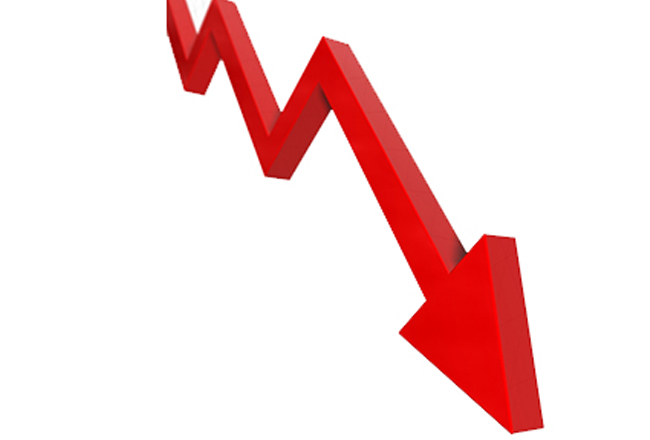 One of the most serious risks your company faces is a business interruption that makes it difficult or impossible to continue to provide your products or services. Interruptions can be man-caused or natural and include hurricanes, earthquakes, floods and tornadoes as well as power outages, server crashes, security breaches and cybercrime.
One of the most serious risks your company faces is a business interruption that makes it difficult or impossible to continue to provide your products or services. Interruptions can be man-caused or natural and include hurricanes, earthquakes, floods and tornadoes as well as power outages, server crashes, security breaches and cybercrime.
According to the Federal Emergency Management Agency, 40 percent of businesses fail to reopen after a disaster and 25 percent fail within one year of a disaster. A study by Gartner Group found that 40 percent of businesses fail within five years of a disaster.
MINIMIZING THE DAMAGE
You can reduce the damage from an interruption by planning for it. Your plan should have two main objectives: to outline immediate emergency response procedures and to help ensure your business”™s long-term viability.
Create a plan to get your critical infrastructure and systems operational as soon as possible after the interruption. These typically include your physical facilities, such as your manufacturing plant and office, as well as computers, telecommunications and IT equipment, and anything else that”™s essential to
your operations.
Check out nearby disaster recovery hot sites where your employees can work temporarily until your facilities are running again. Also consider storing your data and network applications in a secure offsite location. This will make it easier for employees to get back to work quickly after
the interruption.
To help ensure your business”™s long-term viability, it”™s critical to plan detailed strategies for how you will minimize the long-term impact of the interruption. This includes how you will ramp up to your pre-interruption manufacturing, production and service levels as fast as possible and maintain them over time.
GAUGE YOUR VULNERABILITIES
Your business resiliency and disaster recovery plan should also identify the areas where your company is most vulnerable to a serious interruption. You can then quantify the potential impact of different kinds of interruptions on your operations and prioritize your recovery steps so the most important functions are restored first.
An effective way to gauge your vulnerabilities is to conduct a business impact analysis that will anticipate the main consequences of an interruption to different aspects of your operations. Based on this, you categorize your company”™s systems and functions as follows:
Mission critical. Your business cannot operate without these systems. They must be replaced with fully operational and identical capabilities before you can resume operations.
Vital and essential. Your company can manage by performing these functions partially or manually on a short-term basis. However, full capabilities must be restored as soon as possible to avoid negative long-term impacts on the business.
Sensitive and important. These can be interrupted for a longer period of time without doing serious harm to your business. But lasting damage can occur if they aren”™t eventually restored.
Noncritical and minor. These are the lowest priority in terms of restoration. They can be interrupted for an extended period of time without having any serious impact on your business.
In addition, your business impact analysis should create a recovery team that manages all post-interruption efforts. This team will be responsible for a wide range of tasks, which includes making sure that mission critical and vital systems are restored quickly, employees are told when and where they should return to work, and external stakeholders like vendors and customers are kept abreast of your post-interruption progress.
CONSIDER BUSINESS INTERRUPTION INSURANCE
Business interruption insurance becomes effective if your company is unable to operate or suffers property loss due to a serious interruption or disaster. It goes beyond just replacing tangible items, such as buildings, inventory and equipment, that are damaged or destroyed. It also provides income to help replace lost profits during the time your business is nonoperational.
Coverage periods can range from 30 days to a year or more ”” the longer the period, all else equal, the more expensive the policy. A coverage period typically starts the day damage or lost income due to the interruption takes place and ends when damaged property is repaired or replaced and business income is restored.
Planning for a business interruption can be complex, so consider seeking the advice of knowledgeable professionals.
Norman G. Grill is a certified public accountant and managing partner of Grill & Partners LLC, CPAs and advisers to closely held companies and high-net-worth individuals, with offices in Fairfield and Darien. He can be reached at N.Grill@GRILL1.com or 203-254-3880.
















